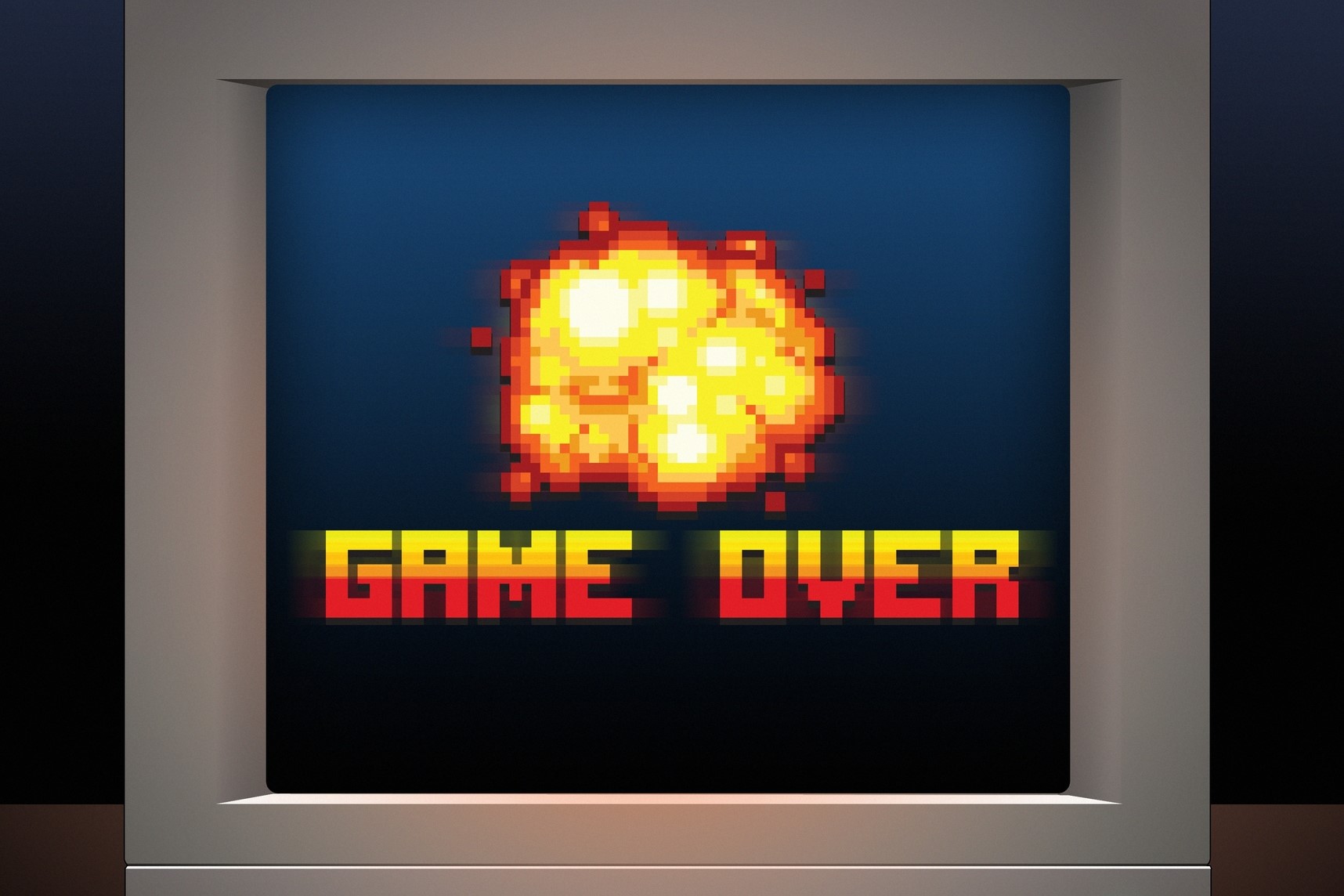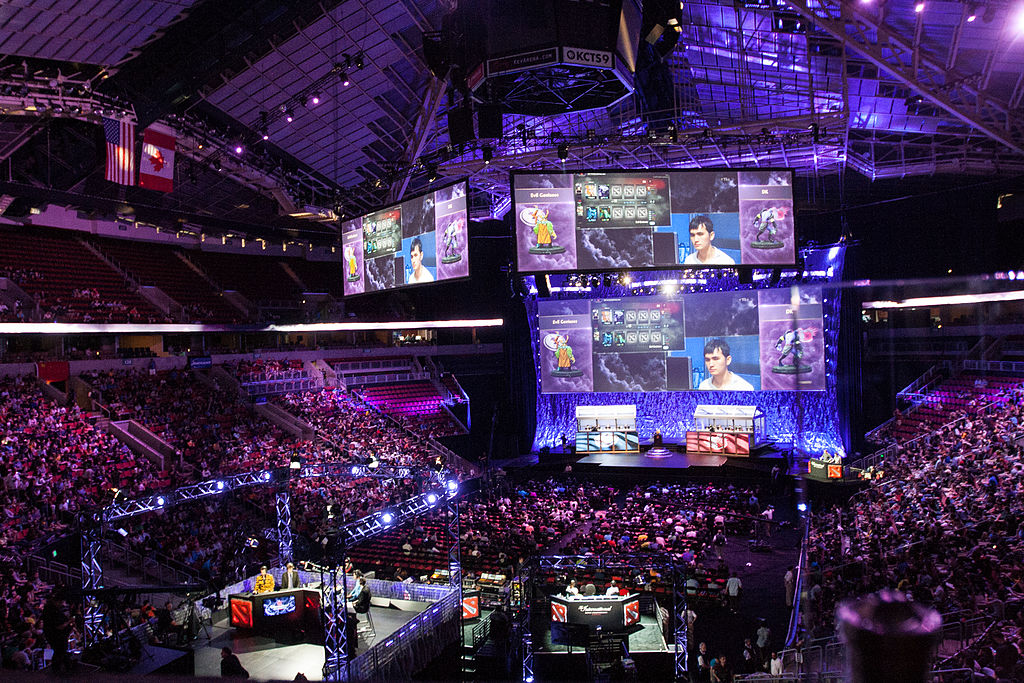In his recent article, Aaron Schultz asks whether we have a right to attentional freedom. The consequences of a life lived with our heads buried in our phones – consequences not only for individuals but for society at large – are only becoming more and more visible. At least partly to blame are tech’s (intentionally) addictive qualities, and Schultz documents the way AI attempts to maximize our engagement by taking an internal X-ray of our preferences while we surf different platforms. Schultz’s concern is that as better and better mousetraps get built, we see more and more of our agency erode each day. Someday, we’ll come to see the importance of attentional freedom – freedom from being reduced to prey for these technological wonders. Hopefully, that occurs before it’s too late.
Attention is a crucial concept to consider when thinking about ourselves as moral beings. Simone Weil, for instance, claims that attention is what distinguishes us from animals: when we pay attention to our body, we aim at bringing consciousness to our actions and behaviors; when we pay attention to our mind, we strive to shut out intrusive thoughts. Attention is what allows us, from a theoretical perspective, to avoid errors, and from a moral, practical perspective, to avoid wrong-doing.
Technological media captures our attention in almost an involuntary manner. What often starts as a simple distraction – TikTok, Instagram, video games – may quickly lead to addiction, triggering compulsive behaviors with severe implications.
That’s why China, in 2019, imposed a limit on gaming and social media gaming use. Then, in 2021, in an attempt to further control and reduce mental and physical health problems of the young population, stricter limits for online gaming on school days were enforced, and children and teenagers’ use was limited to one hour a day on weekends and holidays.
In Portugal, meanwhile, there is a crisis among children who, from a very young age, are being diagnosed with addiction to online gaming and gambling – an addiction which compromises their living habits and routine such as going to school, being with others, or taking a shower. In Brazil, a recent study showed that 28% of adolescents show signs of hyperactivity and mental disorder from tech use to the point that they forget to eat or sleep.
The situation is no different in the U.S., where a significant part of the population uses social media and young people spend most of their time in front of a screen, developing a series of mental conditions inhibiting social interaction. Between online gaming and social media use, we are witnessing a new kind of epidemic that attacks the very foundations of what it is to be human, to be able to relate to the world and to others.
The inevitable question is: should Western countries follow the Chinese example of controlling tech use? Should it be the government’s job to determine how many hours per day are acceptable for a child to remain in the online space?
For some, the prospect of big brother’s protection might look appealing. But let us remember Tocqueville’s warning of the despotism and tutorship inherent in this temptation – of making the State the steward of our interests. Not only is the strategy paternalistic, in curbing one’s autonomy and the freedom to make one’s own choices, but it is also totalitarian in its predisposition, permitting the State control of one more sphere of our lives.
This may seem an exaggeration. Some may think that the situation’s urgency demands the strong hand of the State. However, while an unrestrained use of social media and online gaming may have severe implications for one’s constitution, we should recognize the problem for what it is. Our fears concerning technology and addiction are merely a symptom of another more profound problem: the difficulty one has in relating to others and finding one’s place in the world.
What authors like Hannah Arendt, Simone Weil, Tocqueville, and even Foucault teach us is that the construction of our moral personality requires laying roots in the world. Limiting online access will not, by itself, resolve the underlying problem. You may actually end up by throwing children to an abyss of solitude and despair by exacerbating the difficulties they have in communicating. We must ask: how might we rescue the experience of association, of togetherness, of sharing physical spaces and projects?
Here is where we go back to the concept of attention. James used to say that attention is the
taking possession by the mind, in clear and vivid form, of one out of what seem several simultaneously possible objects or trains of thought. Focalization, concentration, of consciousness is of its essence. It implies withdrawal from some things in order to deal effectively with others.
That is something that social media, despite catching our (in)voluntary attention, cannot give us. So, our withdrawal into social media must be compensated with a positive proposal of attentive activity to (re)learn how to look, interpret, think, reflect upon things and most of all to (re)learn how to listen and be with others. More than 20 years ago, Robert Putnam documented the loss of social capital in Bowling Alone. Simone Weil detailed our sense of “uprootedness” fifty years prior to that. Unfortunately, today we’re still looking for a cure that will have us trading in our screens for something that we can actually do attentively together. Legislation is unlikely to fill that void, alone.












